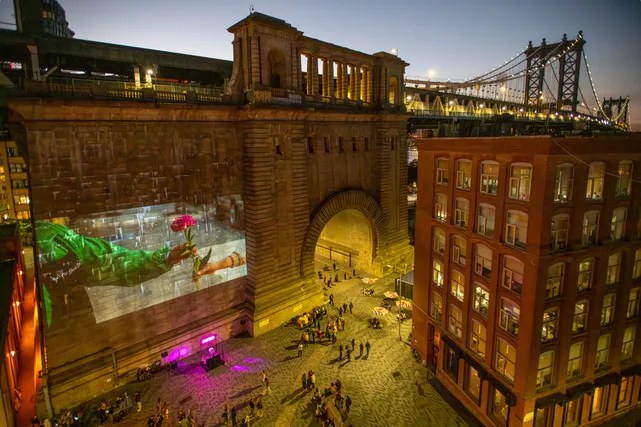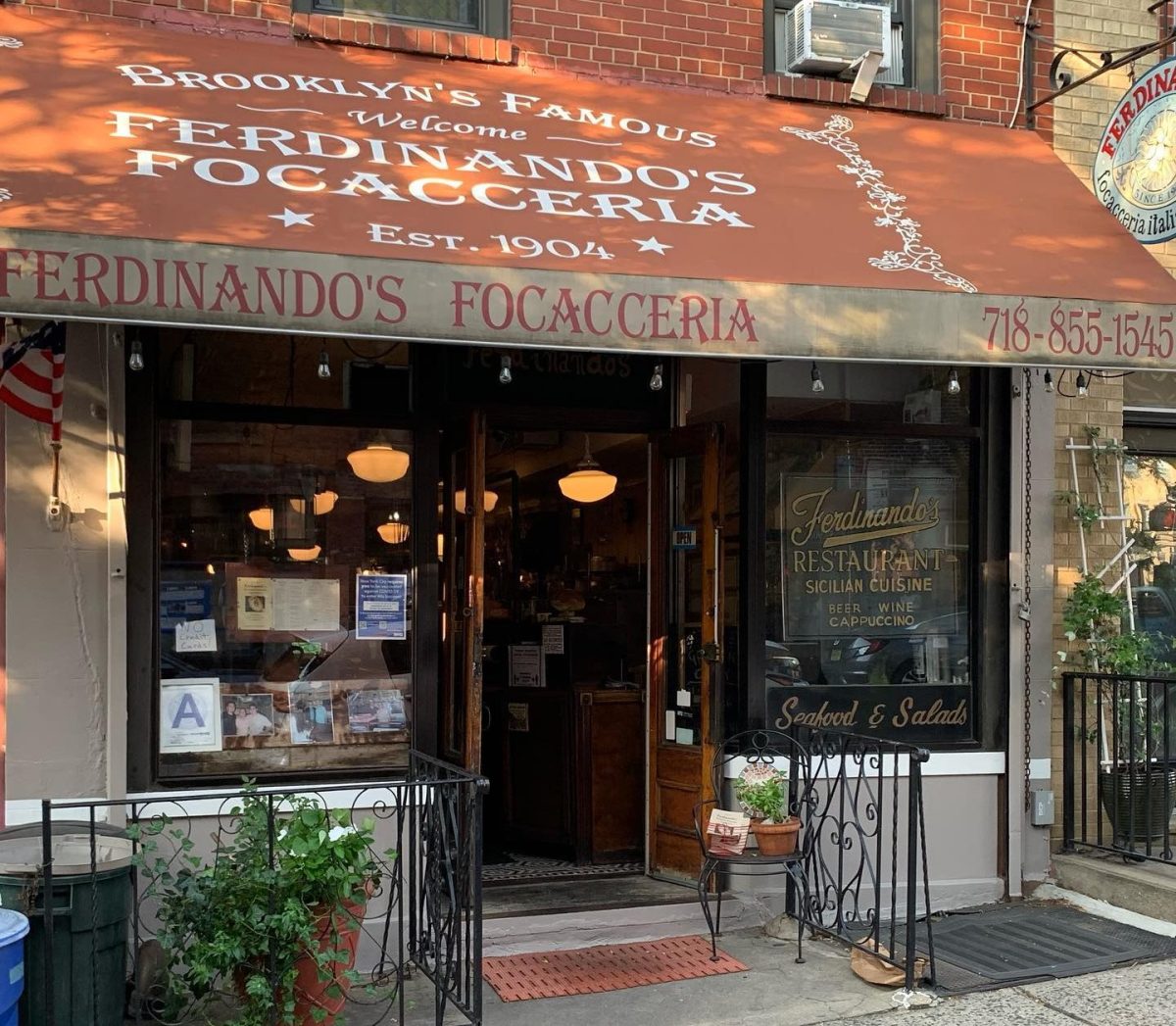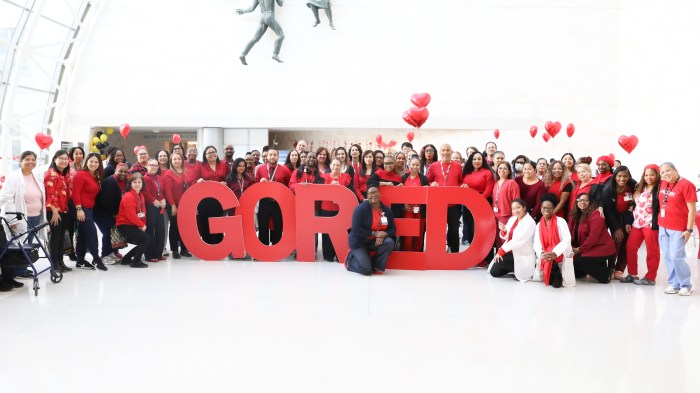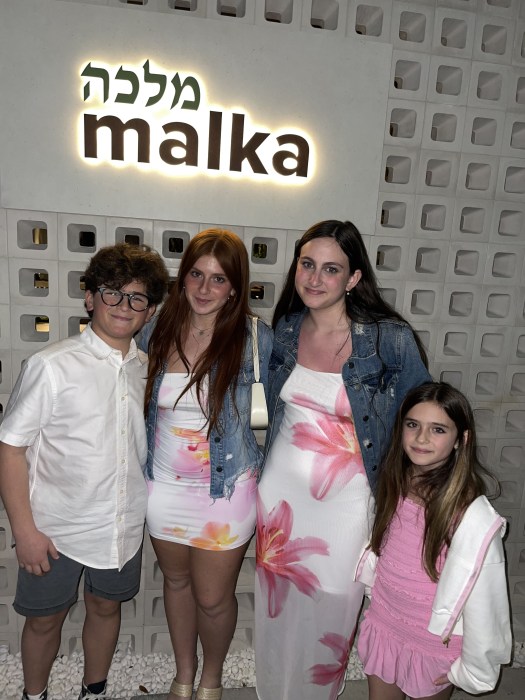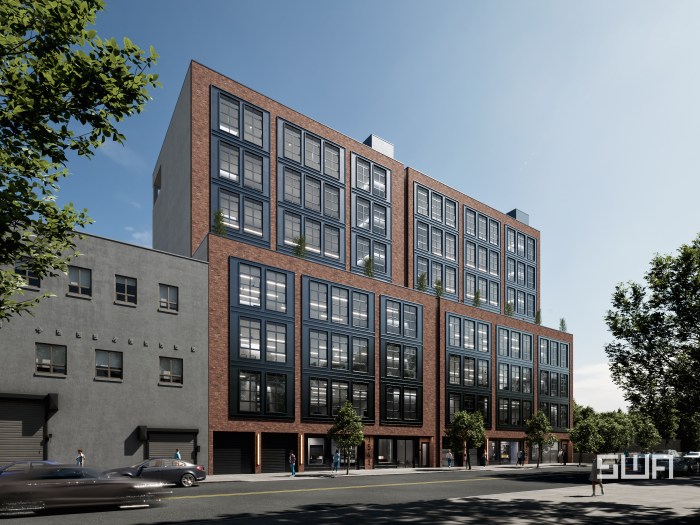
The clock strikes half past eight, and some 200 people descend to the Public Arts space on the Lower East Side to see "Carmen: To Havana and Back." The singer-cum-emcee announces “Welcome to the Tropicana,” as performers clear the main stage and place lit-up flower arrangements on each table in “the best club in all of Havana.” Dancers soon grace the stage, wiggling their hips and moving their feet at impossible speed, and the audience settles in to watch. For the next two hours, we are no longer cogs in the New York machine or even theatregoers at a 21st century production of a classic opera; instead, we are passengers in a time machine, seamlessly transported to the bustling night club scene of 1950s Cuba.
“Carmen: To Havana and Back,” now in its second six-week run at the downstairs performance space at Ian Schrager’s PUBLIC Hotel, is the symbiotic marriage of traditional cabaret and immersive theater. It follows the principal plot of the nearly 200-year-old opéra comique but adapts its details to fit the 1950s Havana club. Instead of a gypsy girl, the eponymous character, Carmen, is the new star of the Tropicana stage, a wildly talented dancer whose mere twirl brings men to their knees. Her primary love interest, José, is a soldier no more but rather a fellow member of the nightclub’s cast of performers. Escamillo, a bullfighter in the original production, is now a celebrity VIP, whose paparazzi-riddled presence graces the Tropicana. What remains in the Public Arts show, though, is the ultimately fatal love triangle that develops between the three.

“Tell me about it. Isn’t she wonderful?” the singer says to a cheering audience, as Carmen finishes her first solo dance of the evening and joins her lover at a table among both the Tropicana audience and Public’s. “José, you are a lucky man.” It soon becomes evident, however, that “lucky” is only one word that comes to mind when viewing his relationship with Carmen. José is the epitome of the ‘jealous boyfriend’ archetype. Even before Escamillo’s arrival, he is constantly pulling the dancer away from other performers, and the couple even take their disagreement to the bathroom, fiercely arguing in front of the venue’s post-modern stalls. When Escamillo does finally arrive at the Tropicana, and Carmen inevitably falls for him, José ultimately lets it get the best of him, taking a knife to the woman he loves.
Although the couple’s path to eventual downfall remains at the center of Public’s “Carmen,” it never actually happens on center stage. Instead, a host of acts, all part of the Tropicana lineup, take their turns under the spotlight, while Carmen and José battle it out in the audience and behind the scenes.
“The audience gets to kind of create their own experiences,” says Kaitana Magno, the creator, director and producer of “Carmen.” During the 72 separate scenes, “viewers can pick a specific performer and follow them around or sit back and have a more traditional theater experience.”
At one point, a skilled juggler tosses what seems like hundreds of white balls around while he removes his jacket and shirt. But when it comes to his pants, he relies on nearby (real) audience members to unbutton and unzip — it really doesn’t get much more immersive. Later in the show, another couple take the stage to reveal their own weapon-wielding ways, shooting arrows over each other’s head and into various props. While José asks everyone in sight, “Have you seen Carmen?” a young, tattooed contortionist, who can only really be described as a direct descendant of Gumby, enters the room. He twists his body into positions more complicated than a pretzel, and the audience looks on with amazement. Soon, a set of familiar dancers salsas and sways to the band’s delicious rhythms, and audience members—some cast members and talented dancers in disguise, others actual theatergoers — join in.
But it’s in this joyous moment that we spot Carmen, now with Escamillo, wearing his jacket and pressing her lips to his. José sees this, his jealousy transforming to rage, and the two men begin fighting while the band plays a Spanish rendition of “I Will Survive” (an anachronism for the 1950s, sure, but just go with it). The scorned lover pulls a knife out of his pocket and to his replacement’s throat, but Carmen stops them. She dances between the two, literally leaping between them. Eventually, she moves toward Escamillo, but José launches after her, his knife carefully following. He stabs her in the stomach, as she lowers to the ground. Better dead than with another man. “Por favor, Carmen, por favor,” José pleads, as the rest of the cast comes to the stage, her dying body in his arms.

When Magno first had the idea for “Carmen” last summer, following successful careers as a ballet dancer and as the artistic director for The Box, a storied Lower East Side haunt, she immediately went to Public Arts.
“It’s really the only place it could work,” she says of the site-specific production.
Once the hotel was on board, Magno and her team began building and casting the show. “Carmen” features 27 performers, who the director says are “as much the creators of this as the creative team,” and five different choreographers, in addition to the typical lighting designer, costume designer, set designer, and stage manager. “They’re all different textures of the palette,” Magno says.
“Carmen” had eight performances between the fall and winter before beginning its current six-week run. The show will take place every Friday and Saturday night at Public Arts through May 18. Click here to purchase tickets.





